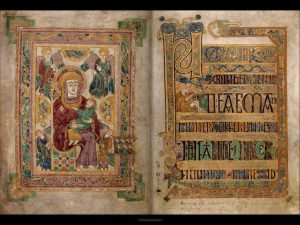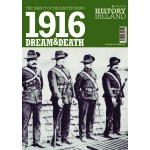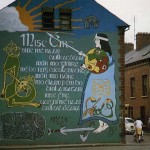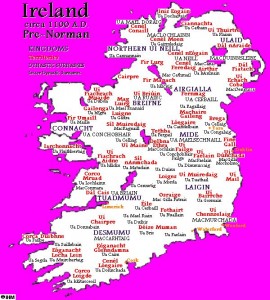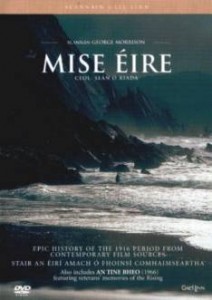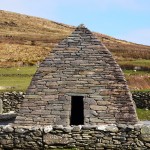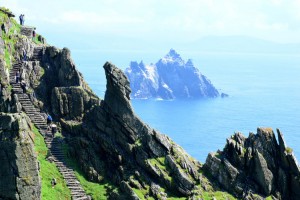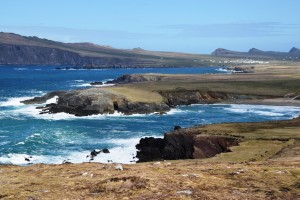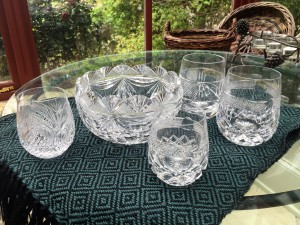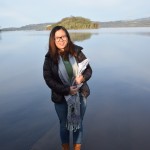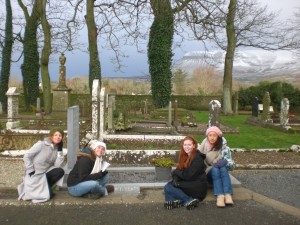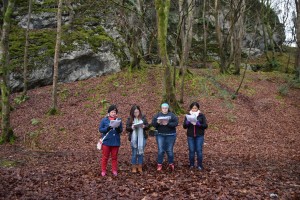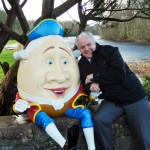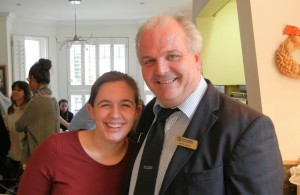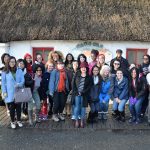
I’ve just received a draft of our itinerary. Once a few more things have been finalized, I will post it on this site, but I know some of you are wondering about free time in Dublin and hoping to make some plans, so I thought I would write about that a bit today.
Our trip is something of a whirlwind, so there is not a lot of give in the schedule, but on our first official day, Sunday, June 5, you will have most of the day free between our early morning breakfast at the Man O’War pub and a welcome dinner at our hotel. The Man O’War, by the way, was founded before 1595 and still retains many of its historic features; you won’t want to miss this chance to eat a traditional Irish breakfast in the company of your fellow group members in this storied building. The name of the pub has nothing to do with a type of ship, by the way! For those arriving in Dublin on June 4th or earlier (like me), we’ll provide a departure time for the airport stop and this breakfast. Most of the rest of you will be picked up at the airport before we head to the pub. Details to follow.
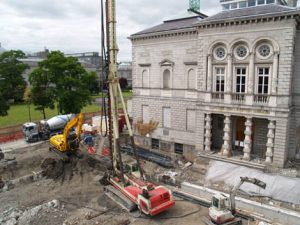
Sunday is a great day to visit Dublin’s museums, several of which are situated very close to our hotel, the Davenport. All of them have nice cafes and gift shops. The National Gallery of Ireland (art) is across the street and down a short block. The NGI has been undergoing extensive renovations for several years now, but they’ve gathered their “greatest hits” into a few rooms, and these are well worth seeing. For those of you who read James Stephens’s The Insurrection in Dublin (see Trip Documents), there’s a fascinating exhibit about his life and times. Stephens was working for the museum during the Easter Rising. I saw this exhibit in March and loved it, but they only recently extended it to June 5, so you will be able to see it if interested and if you go on that Sunday. The Nobel Prize-winning playwright George Bernard Shaw had a special relationship with the NGI; I wrote about it in my blog, The View from Here.
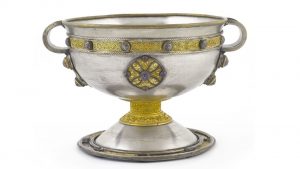
A little further afield but still very walkable (about two blocks) is the National Museum of Ireland–Archeology, which houses a stunning collection of artifacts found all over the island and representing various stages of history. My favorites include finely crafted items from Ireland’s Golden Age, such as the 8th century CE Ardagh Chalice, Tara Brooch, and Bell of St. Patrick. There’s also a collection of even older finely crafted gold items found in the peat bogs that cover the island and, because of their chemical properties, preserve artifacts in stunning condition. They’ve even found butter and wine in the bogs that are hundreds of years old but still viable! Don’t miss the “bog bodies” in the “Kingship and Sacrifice” exhibit at the National Museum—human remains mummified in the bogs and representing a practice of ritual murder that goes back thousands of years.
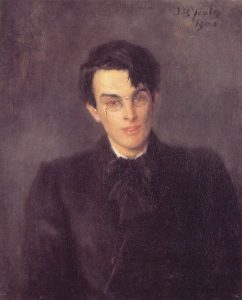
Next door to the National Museum is the National Library where W. B. Yeats and James Joyce were patrons. The library itself is closed on Sundays, but the stunning exhibit on Yeats is open and must for Yeatsians. Along with a collection of his personal times and an array of excellent short films, you’ll see the actual manuscripts of many of the most famous poems with his notes and crossouts.
Trinity College is also just a short walk from the hotel. In addition to strolling the campus and taking in the sights of a busy university and possibly a cricket match, you can visit the Book of Kells and the famous Long Room in the Old library. This famous illuminated manuscript is very popular, so be prepared to wait in line, but the wait is well worth it. Because the manuscript is in book form, only two pages are on display at a time, but there are other manuscripts to see and a very good exhibit on how such works of art are created.
There’s so much of historic interest to see in this area, as well as shops, cafes, beautiful parks and gardens, restaurants, pubs, and more. Dave and I can help you plan your Sunday afternoon if you want us to. Do let me know if you have questions or want to plan ahead.
